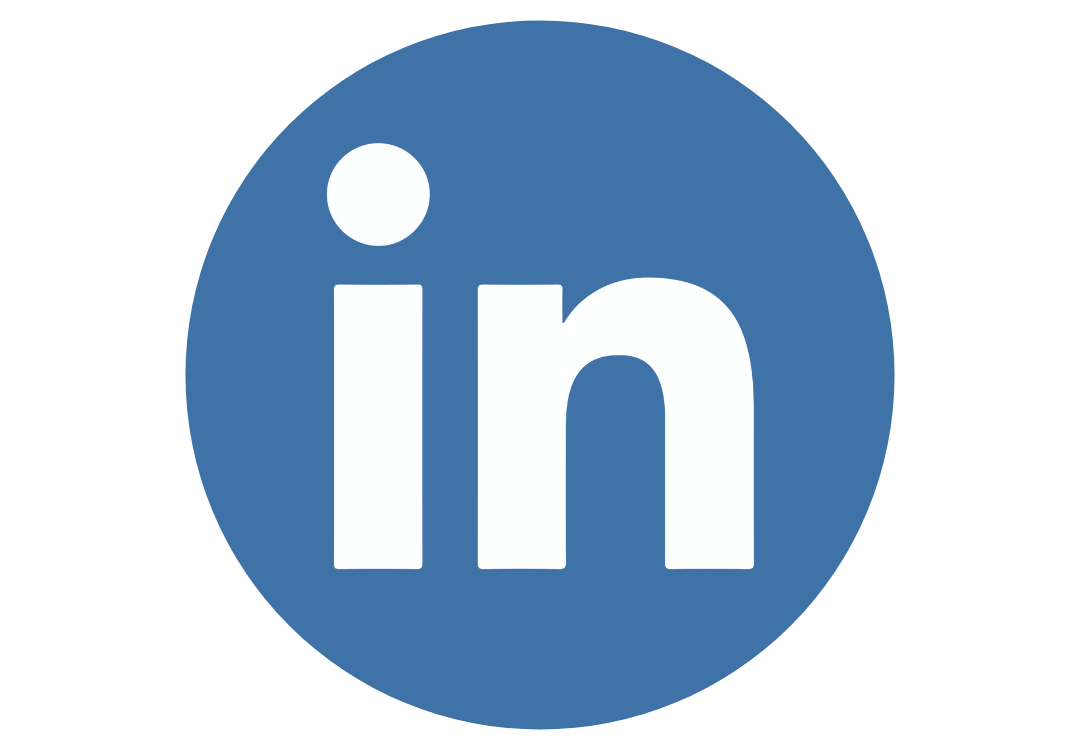Switzerland (Head Quarters)
IDR Medical Switzerland
Austrasse 95, CH-4051 Basel, Switzerland
T:
+41 (0) 61 535 1109
UK
IDR Medical UK
Unit 104 Eagle Tower, Eagle Tower
Montpellier Drive, Cheltenham, GL50 1TA
T:
+44 (0) 1242 696 790
USA
IDR Medical North America
225 Franklin Street, 26th Floor
Boston, Massachusetts 02110, USA
T:
+1 (0) 617.275.4465

How To Measure Brand Equity For A Medical Device
Strong brand equity
For a start, customers are more likely to consistently choose brands they recognize and perceive as reliable.
Strong brand equity also provides you with the ability to charge premium prices, as customers are willing to pay more for products associated with high quality and established brands.
Additionally, having strong brand equity can help you achieve success faster with new medical device product launches, as customers are more receptive to trying new offerings from brands they already trust.
However, many medical device manufacturers are unaware of their current brand equity and struggle with how to measure brand equity effectively. And without a clear understanding of how your brand is perceived in the market, it can be challenging to set clear brand goals and craft an effective medical device branding strategy.
Partnering with an experienced medical market research company can help you understand your current brand equity, providing valuable insights to guide your branding and marketing efforts.
The IDR approach to measuring brand equity
At IDR Medical, we’ve got extensive experience delivering market research and consulting projects for medical device manufacturers across more than 30 countries.
When it comes to how to measure brand equity, we use a comprehensive framework called the Brand Equity Wheel to help you understand how your brand is perceived.
This approach consists of four key dimensions:
- Brand awareness
- Brand positioning
- Brand loyalty
- Brand quality and leadership
By assessing each of these dimensions, and combining the results, we’re able to calculate an easily measurable and understandable brand equity score.
It's important to note that measuring brand equity should not be seen as a one-time project.
Instead, the brand equity score calculated from the Brand Equity Wheel should be measured at regular intervals to monitor your brand health over time.
Taking a long term, ongoing approach to brand evaluation allows you to track how your branding and marketing efforts are influencing your score, and make data-driven decisions to improve your brand equity.
Let’s take a look at the different aspects of the Brand Equity Wheel in more detail:
Awareness: Gauging brand awareness
Brand awareness and recognition can have a significant impact on the market success of your devices - with high awareness levels likely to increase customer confidence and lead to better acceptance of new products.
When we measure brand awareness and recognition as part of our research, it's important to consider both unprompted and prompted awareness.
Unprompted awareness refers to the participant’s ability to recall your brand without any prompts or cues. If someone is able to mention your brand without being prompted, it suggests that you have a strong presence in their mind and are easily retrievable from memory.
Unprompted awareness can be a strong indicator of your brand's market dominance and is often measured by asking open-ended questions, such as "What brands come to mind when you think of a certain product category”.
In contrast, prompted awareness measures a participant's familiarity with your brand when they are presented with it amongst a list of options.
Prompted awareness can be useful for understanding overall brand familiarity and is typically measured by asking questions like "Which of the following brands have you heard of?" followed by a list of brands in the relevant product category.
Both types of brand awareness are important in understanding your overall brand strength in the market.
Positioning: Determining brand strength
This part of the Brand Equity Wheel effectively measures the differentiation of your brand in the market.
If your brand is effectively differentiated, it stands out from your competitors, making it easier for customers to recognize and remember. Effective brand differentiation can lead to increased customer loyalty, higher perceived value, and the ability to command premium prices.
As part of our medical market research process, IDR Medical measures brand differentiation by looking at the associations participants have with your brand in three key categories:
Brand personality
We look at some of the characteristics and traits that consumers associate with your brand, such as trustworthiness, innovation, or reliability.
A well-defined brand personality can help create an emotional connection with the target audience and make your brand more memorable.
Brand value
We also look to uncover the perceived benefits and value that consumers believe your brand offers, such as quality, affordability, or convenience.
By understanding which benefits consumers value the most, we can also provide insights into how well your differentiating factors are likely to help you succeed in the market.
Organizational associations
These are the attributes and qualities that participants associate with the company behind the brand, such as social responsibility or industry leadership.
Positive organizational associations can enhance brand trust and credibility, leading to stronger brand equity.
By analyzing participant responses in each of these three areas, and comparing them to competitor brands, we’re able to identify strengths, weaknesses, and opportunities in your brand positioning.
This insight can be used to refine your marketing messages, inform your product development, or enhance your overall brand strategy.
Loyalty: Assessing brand relevance and customer advocacy
Brand loyalty is another important dimension in the Brand Equity Wheel, as it provides valuable insights into the strength and resilience of your brand.
Loyal customers are more likely to continue purchasing your products, even in the face of competition or market challenges. They are also more likely to recommend your brand to others, becoming powerful brand advocates and contributing to organic business growth.
As part of a brand equity evaluation we typically measure brand loyalty in two key ways:
Price premium
This looks at the additional amount that customers are willing to pay for your brand's products, compared to similar offerings from competitors.
If the results show that customers are willing to pay a higher price for your products, this indicates strong brand loyalty, as customers perceive your products to be of higher value and are willing to pay more for them.
There are a number of approaches that can be taken to this research, but we typically use conjoint analysis - presenting customers with different product configurations and price points and allowing them to choose their preference.
Customer satisfaction
This measures how well your brand's products and services meet and exceed customer expectations.
Highly satisfied customers are more likely to remain loyal to your brand and recommend it to others.
We typically assess customer satisfaction through methods such as surveys, interviews, and focus groups - asking questions about how likely participants are to recommend your brand, how satisfied they are with your products and service, and how well you meet their needs compared to other brands.
By analyzing the responses to these questions, we can identify the areas where you are excelling in customer satisfaction, as well as areas where improvements are needed to improve brand loyalty.
Quality and leadership: Establishing the perception of value
When customers view your brand as offering high-quality products and being a leader in your industry, they are more likely to trust your brand, pay a premium price, and remain loyal over time.
Measuring perceived quality involves assessing customers' opinions about the overall reliability and performance of your products or services.
In addition to perceived quality, we also measure brand leadership, which involves researching customers' perceptions of your brand's innovation and influence within the industry.
If your brand is viewed as a market leader, it often means a boost to customer perceptions of your expertise and trustworthiness.
By combining insights from perceived quality and brand leadership measurements,we’re able to gain a comprehensive understanding of your brand's competitive strengths in the marketplace.
This information can be used to guide pricing strategies, product development, marketing strategies, and overall brand positioning.
Calculating your brand equity score
In-depth research into each of the four key dimensions of brand equity can help your business uncover opportunities for improvements in your brand awareness, positioning, customer loyalty and perceived quality.
However, the amount of data and insights that are generated from a brand equity evaluation can be vast - and aren’t always easy to measure and communicate across your business.
This is why we put together a holistic brand equity score as part of your research project.
To calculate your overall brand equity score, we use a proprietary algorithm that weights and combines the scores from each of the four dimensions - resulting in a single, easily comparable metric that represents the health and value of your brand.
Once the overall brand equity score is calculated, you’re able to use it to track your brand equity performance over time and benchmark against competitors.
By conducting regular brand equity assessments, you can measure the impact of changes in your marketing and product development initiatives, and make data-driven decisions around your brand strategy.
One important factor to bear in mind is that your brand equity scores may vary across different markets, customer segments, and product lines.
It’s often a good idea to conduct separate brand equity studies for each key market or customer group. This helps you to gain a more granular understanding of brand performance and create targeted strategies to address your findings from each market or customer segment.
Need help on how to measure brand equity? Partner with IDR Medical
Measuring brand equity is an important step towards understanding your brand strength and identifying opportunities for growth in the competitive medical device market.
By partnering with a medical market research specialist like IDR Medical, you gain access to our extensive experience and proven Brand Equity Wheel framework, which provides a comprehensive overview of your brand's awareness, positioning, loyalty, and perceived quality.
With regular brand equity evaluations, you can monitor the impact of your marketing and product development initiatives and refine your brand strategy for maximum success.
Don't leave your brand's potential untapped.
Get in touch with IDR Medical today for a free consultation.


